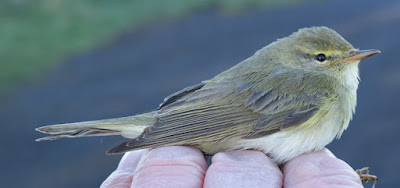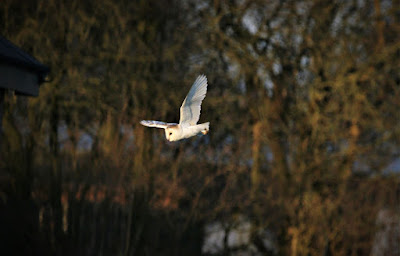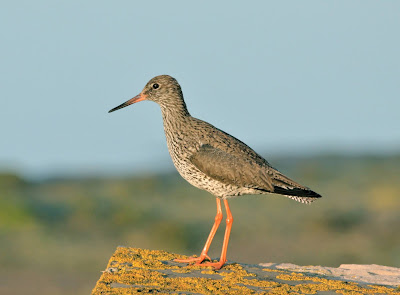A few weeks ago I related the tale of my new Canon 90D camera which has been itching to get out and earn its keep but remained mostly at home because of the constant poor weather. Rain and poor light are the arch enemies of cameras, especially those with a Sigma 150-600mm lens attached.
Sunny mornings together with a bird rich location near Pilling tempted me out on a couple of occasions. Almost all of these pictures were shot at ISO 800 or even ISO1000 at f7.1, a setting which seems to be the combination’s sweet spot. The extra megapixels of the 90D give a better result than my old 80D in allowing a bigger crop and an overall finer image. Some of the images are finished via GIMP, others treated to a touch of Microsoft Photos filtering.
Click the Pics for the best effect.
The adult male Reed Bunting is undergoing a post breeding moult as can be seen in the median coverts and the upper tail. Meanwhile a second Reed Bunting is a juvenile i.e. born this year.
A juvenile Sedge Warbler was very obliging for a second or two only before hopping along the fence and diving into the vegetation that meets the fence line.
Sedge Warbler
Sedge Warbler
Rain during the last few weeks has meant that wagtails stay around, but still no Grey Wagtail, just Pied Wagtail and Yellow Wagtails, both species 90% juveniles of the year.
Pied Wagtail
Even when ringing autumn Meadow Pipits it is not too often that an adult bird is encountered in the hand. The birds below are juveniles of the year where it is possible to see the remnants of the nestling yellow gape.
Meadow Pipit
Meadow Pipit
Meadow Pipit
Meadow Pipit
And now for a couple of juvenile Linnets, a species to which our attention will be turned in the coming weeks. The annual seed plot is coming on a treat thanks to the amount of July rain and its (very) intermittent sunny spells.
Wagtails and pipits are not the only birds to find muddy pools attractive. As anticipated there have been Redshanks and Oystercatchers, and today a Common Sandpiper.
There are limits to the reach of a digital camera and 600mm lens, more so when reflections from bodies of water seem to interfere with how the camera sensor interprets the scene. Best I could do with the small sandpiper 50 yards away.
Likewise the buck Roe Deer, some 100 yards away but in good sunny light.
Roe Deer
More news, views and photos soon at Another Bird Blog.






















































































